Ribes, the Maligned Fruit

The tragedy of the Ribes. Our native currants and gooseberries were subject to eradication programs in the early 20th century because some Ribes species are alternate hosts for the white pine blister rust. At one point, up to 11,000 Civilian Conservation Corps men were employed in a single year to eradicate Ribes from the wild[i]. As a result, many of these superb native berry species are rare or endangered in the wild.
In general, both the gooseberries and currants seem underappreciated stateside. At my grandparent's house in Hungary, the fencerow was lined with red currants and gooseberries, deliciously sour and sweet. I have fond memories of walking the along the fence, gorging on the ruby-like ribizli and grape-colored pöszméte. Perhaps the onus of the white pine blister rust has cast a permanent shadow over these species. However, our native flora contains a good number of excellent-tasting gooseberries and currants. The former tend to be prickly-stemmed, whereas many of the currants are unarmed.
If you're interested in restoring habitats using native edible species, the Ribes are a great genus to know. Here's my short guide to prominent gooseberry and currant species of the Northeast.
Native Gooseberries
Our native gooseberry species are shade-tolerant, short shrubs, lightly to heavily armed with prickles. In the case of prickly gooseberry (Ribes cynosbati), even the fruits are prickly (especially when unripe), calling to mind nasty medieval weaponry. However, the taste of these fruits is superb - tart and sweet. These species have high wildlife value as well, with fruit eaten by a variety of birds and mammals. The gooseberries are not known to be carriers of white pine blister rust and are permitted to plant in some states where the related black currant is restricted, including my home state of New Jersey.
I first met American gooseberry (Ribes hirtellum) scrambling across rock ledges on the sea-sculpted cliffs of Downeast Maine. Its habitats are variously described as "rocky woods and shores"[ii], and "bogs, fens, forests, meadows and fields, shores of rivers or lakes, swamps, [and] wetland margins"[iii], suggesting another tough customer in the genus Ribes, however one that thrives best in habitats were competition is minimal due to the adversity of conditions. The fruits are tasty, sweet with a bit of tanginess and fairly typical of the wild gooseberries, which have a generally similar (and always enjoyable) flavor to me.
Ribes rotundifolium, the Appalachian gooseberry, is a fairly common species that I first encountered in the cleft of an ancient sugar maple tree, once a pasture tree and now a wolf tree within a younger forest. Also resident in the tree was a family of great horned owls, and following them led me to the gooseberry, about ten feet off the ground. This is a versatile species that prefers rich, rocky woodland habitats.
I encountered Missouri gooseberry (Ribes missouriense) for the first time while doing rare plant surveys on behalf of a local conservation group fighting a gas pipeline. The home range for this species is predominantly west of the Mississippi. It seems highly likely that Eastern populations were brought here by Native Americans. Sure enough, the site where I first identified this species had been a significant Lenape village site in pre-colonial times. The species is quite similar to Appalachian gooseberry in structure and fruit. If planting, be mindful that the currently known Eastern sites may represent genetically and culturally important populations, and that any introductions could confuse future phytogeographers and possibly influence the genetics of isolated, edge-of-range populations.
Native Currants
American black currant is a low (waist to head-high), thornless berry bush with tasty, tangy fruit good for beverages, preserves, and raw eating. It is fairly shade tolerant and thrives in moist conditions such as swamp edges, springs, seeps, and even wet ditches. If you live outside of the primary natural range of white pine, it is an excellent choice for a fruitbearing understory shrub.
It seems black currants are susceptible to the blister rust pathogen, Cronartium ribicola, though it is the European black currant that is most so, with American black currant (Ribes americanum) having some individuals that "show no signs of the disease [and]... are generally less susceptible than are European black currants"[iv], according to horticulturalist Lee Reich. Some states ban the planting of some or all Ribes species, and in Maine, where the white pine timber crop is considerable, active eradication of wild Ribes species is encouraged.
Other currants, found in northerly and high elevation forests, include bristly black currant, skunk currant, and wild red currant. For a variety of reasons described below, I wouldn't recommend any of these as a first choice for edibility or restoration.
Naturalist Michael Kudish describes bristly black currant (Ribes lacustre) as "scarce because of eradication", and native to "well-drained sites, shade-tolerant, under northern hardwoods usually, but occasionally in spruce-fir" in the Adirondacks[v], while its Pennsylvania habitat is described as cool, wet woods and swamps[vi]. In my experience, the fruits are not particularly tasty. Note that is prickly like its relatives the gooseberries.
Skunk currant (Ribes glandulosum) is aptly named; the fruits smell and taste skunky, in my limited experience, though Arthur Haines comments that they are "quite tasty when ripe"[vii] so maybe the fruits I tasted were somewhat old. It is a species of edges, swamps, and ledges in cold climate zones.
Wild red currant (Ribes triste) is a carrier of white pine blister rust. It is listed as threatened or endangered in at least six states. Any restoration efforts should take both these factors under serious advisement.
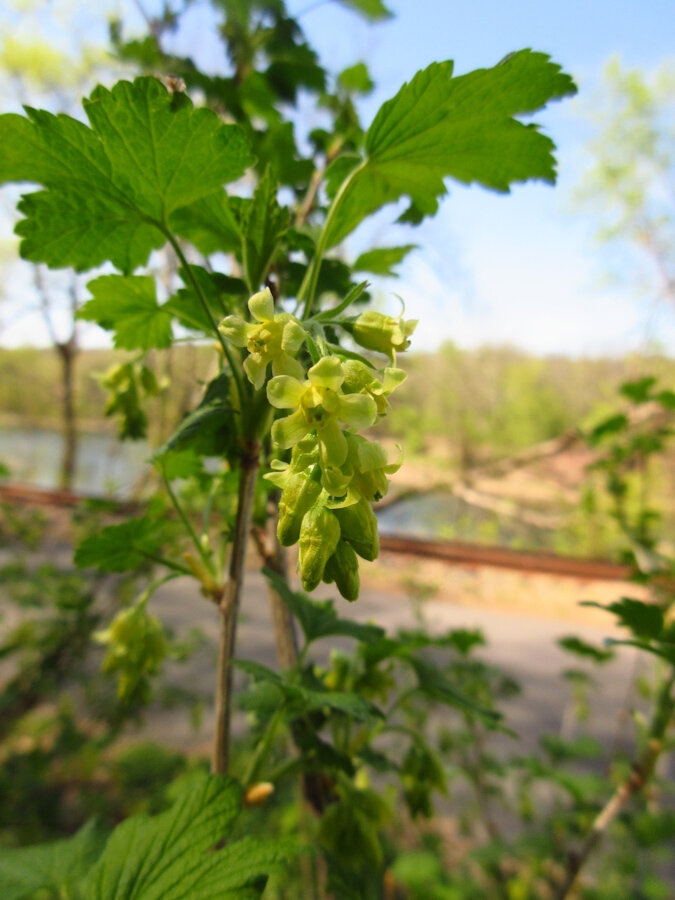
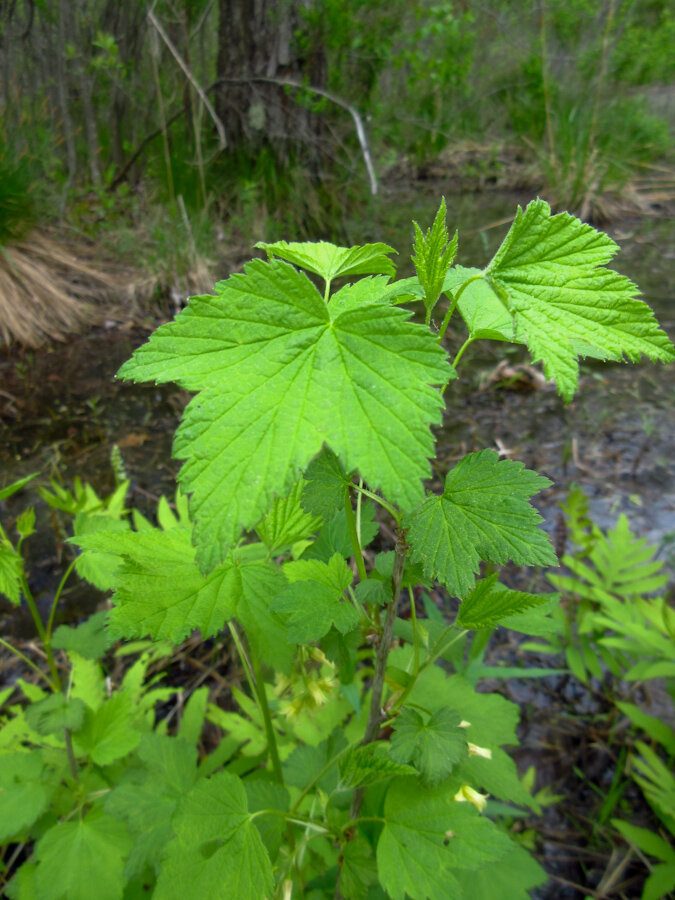
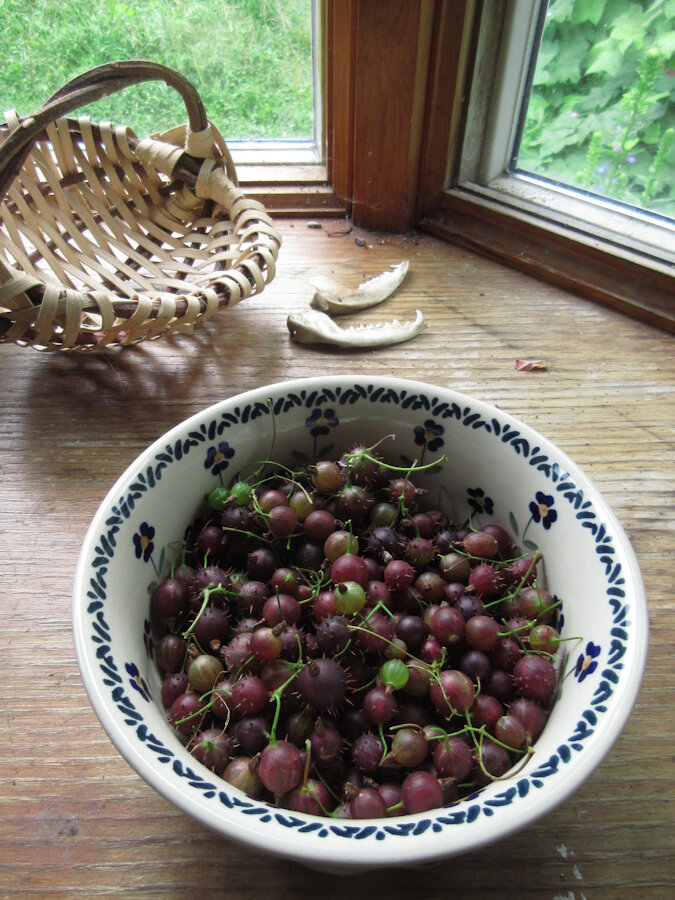
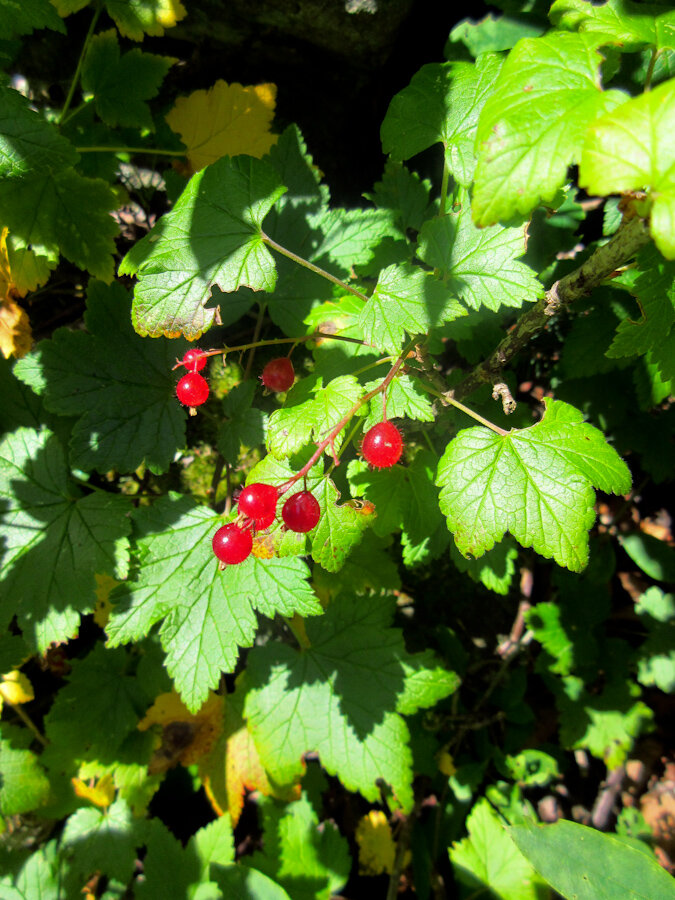
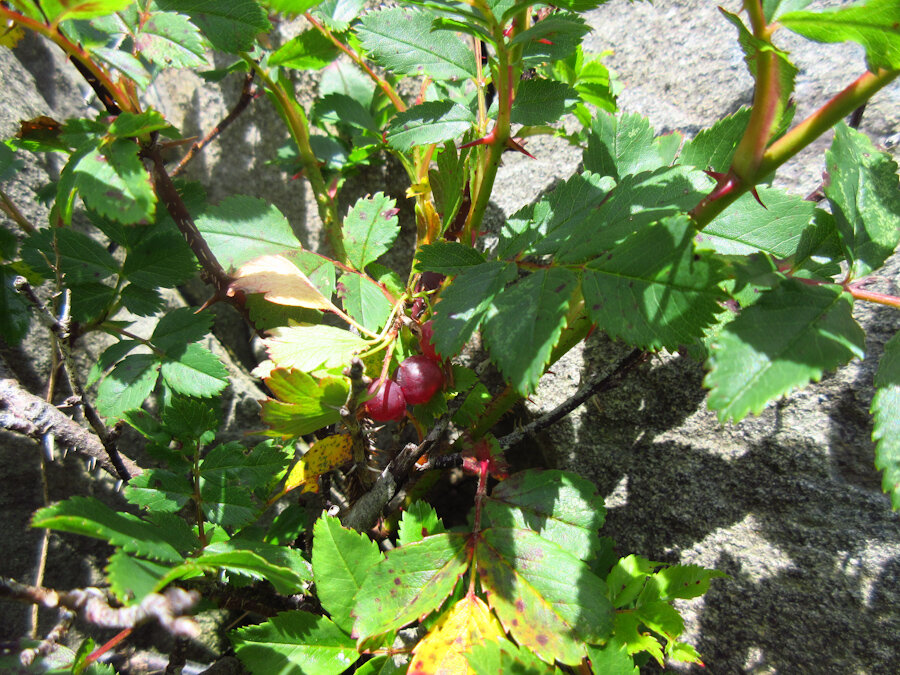
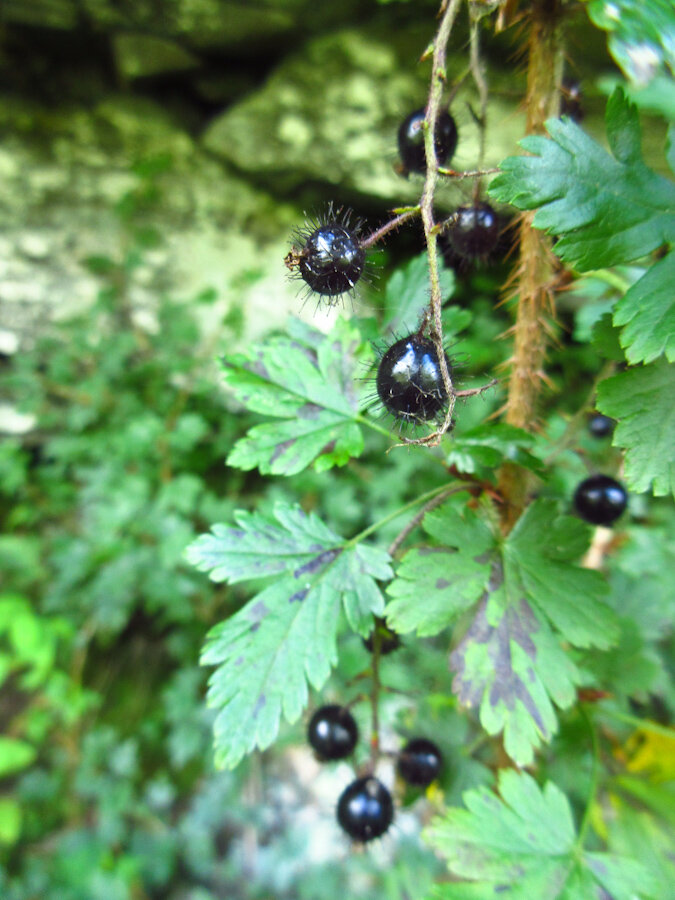
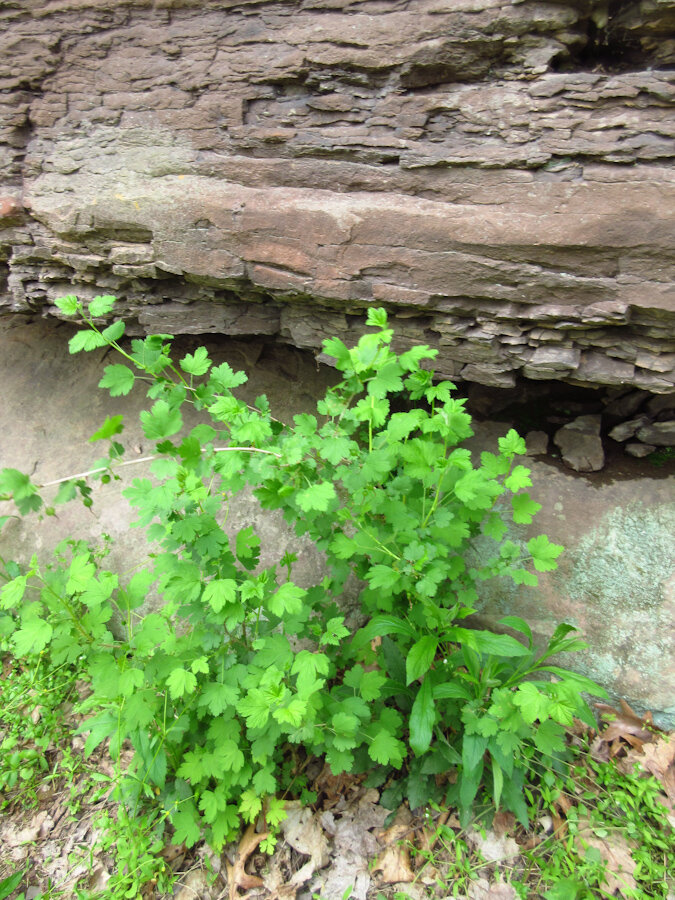
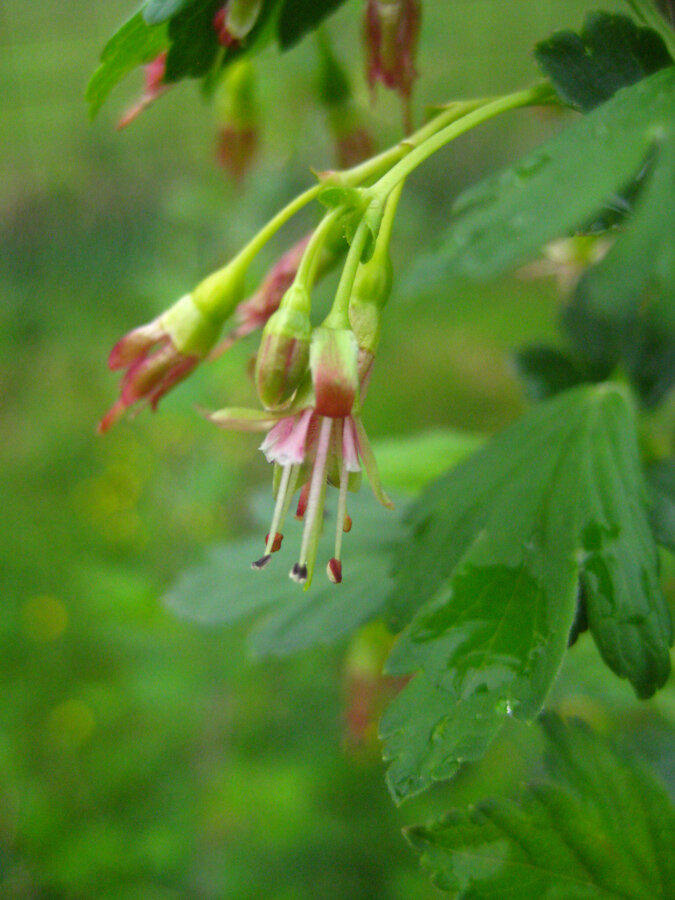
[i]https://www.apsnet.org/edcenter/intropp/lessons/fungi/Basidiomycetes/Pages/WhitePine.aspx
[ii] Mittelhauser, Glen Howard, Marilee Lovit, and Donna Kausen. Plants of Acadia National Park. University of Maine Press, 2010.
[iii] https://gobotany.newenglandwild.org/species/ribes/hirtellum/
[iv] Reich, Lee. Uncommon fruits for every garden. Timber Press, 2004.
[v] Kudish, Michael. Adirondack upland flora: an ecological perspective. Chauncy Pr, 1992.
[vi] Rhoads, Ann Fowler, and Timothy A. Block. The plants of Pennsylvania: an illustrated manual. University of Pennsylvania Press, 2007.
[vii] https://gobotany.newenglandwild.org/species/ribes/glandulosum/
